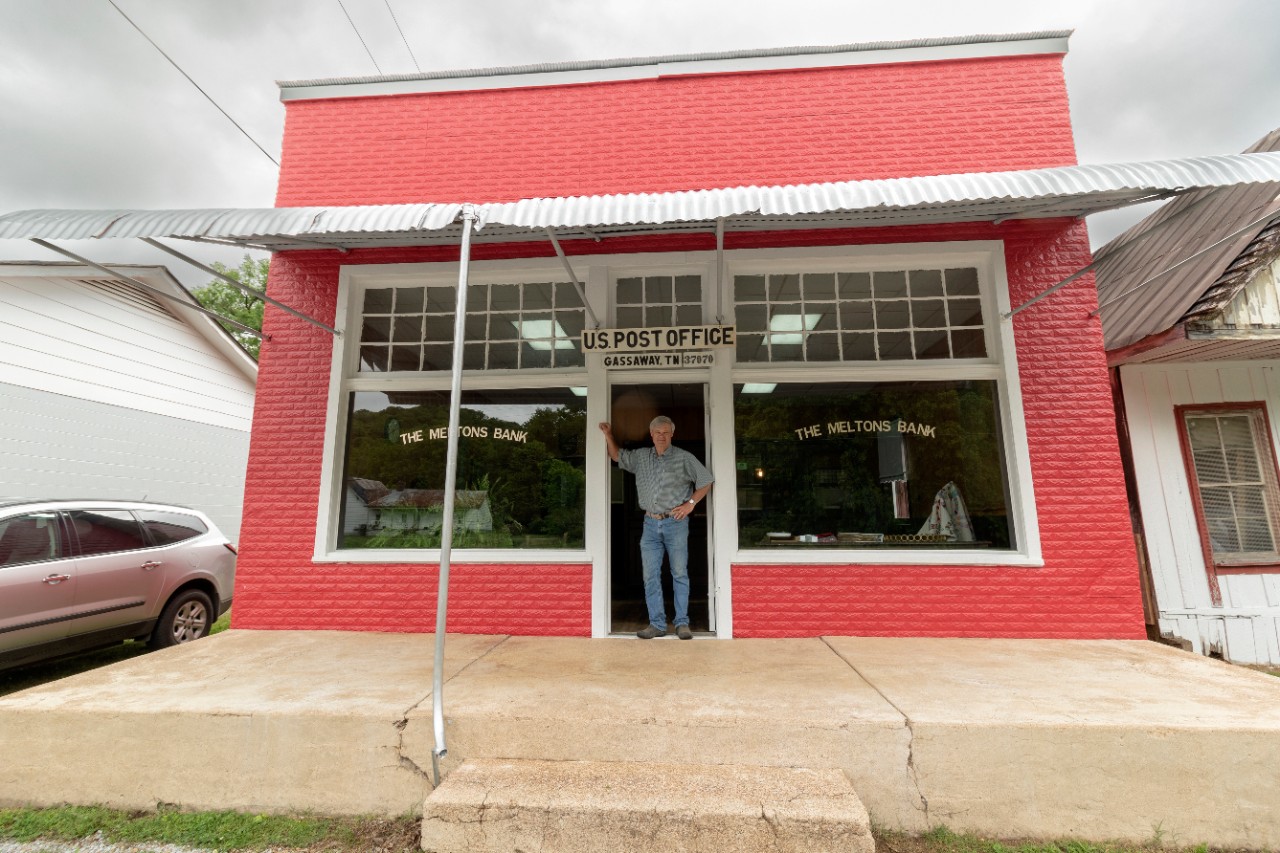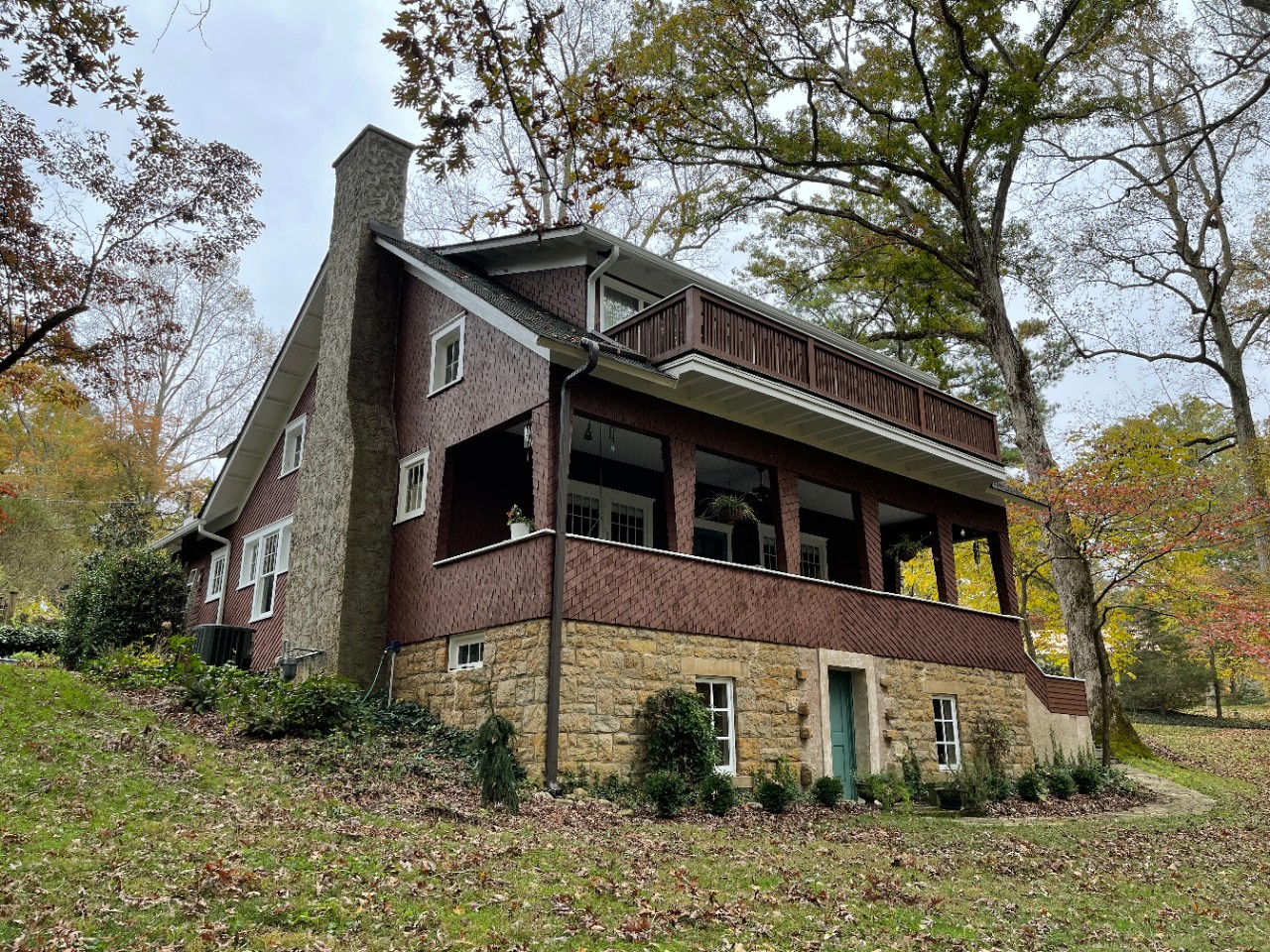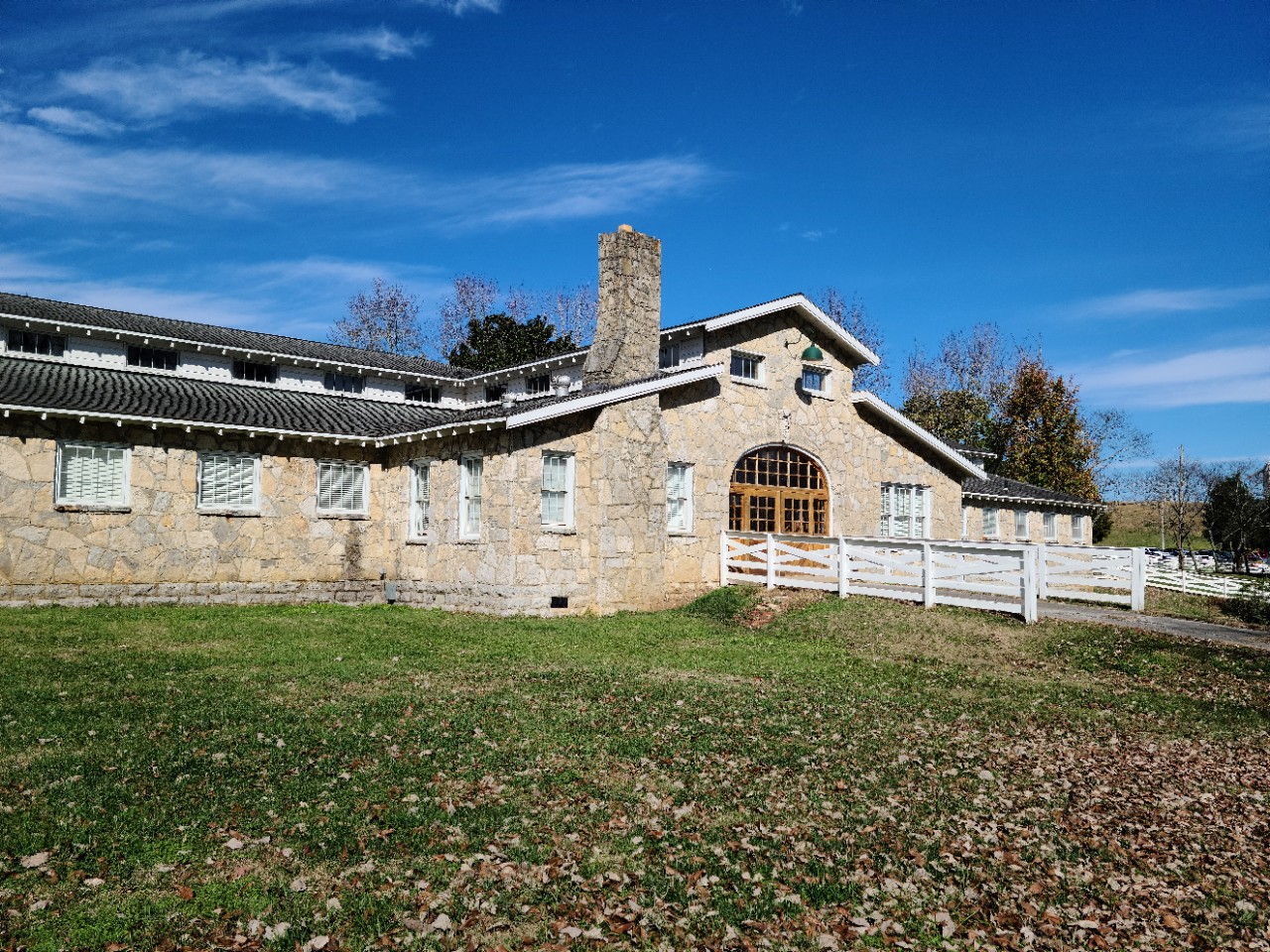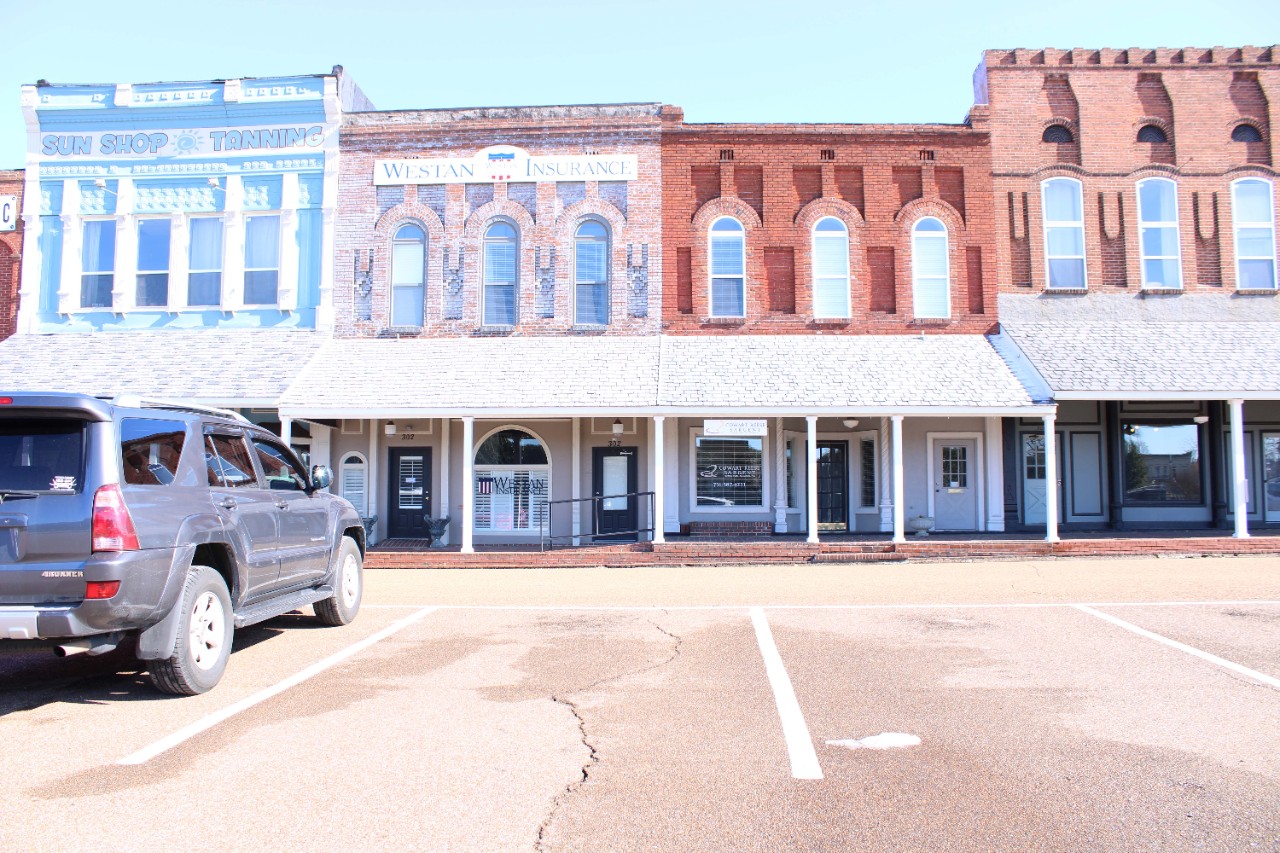Five Properties Listed in the National Register of Historic Places
By Dr. J Ethan HoldenThe National Register of Historic Places is the nation’s official list of cultural resources worthy of preservation. It is part of a nationwide program that coordinates and supports efforts to identify, evaluate and protect historic resources. The State Historic Preservation Office administers the program in Tennessee. The state’s new listings are:

The Meltons Bank
Listed July 3, 2023
(Liberty Vicinity, Cannon County)
Located in the small community of Gassaway near Liberty, The Meltons Bank was nominated for the exceptional service the bank and Kidwell family provided to the surrounding community. George G. Melton and his sons chartered and officially opened the first Meltons Bank for business in 1903. They operated the bank out of their mercantile store. After George Melton and his sons passed away, James Kidwell, who worked as assistant and head cashier at the bank, purchased the lot adjacent to the mercantile store in 1925. He constructed the current bank building on the lot that same year, and in 1926, The Meltons Bank moved into the new building. From 1925 to 1986, James Kidwell and his son, Jesse Howard Kidwell, provided the community exceptional service. In addition to offering regular banking services, the Kidwells also served the community as financial advisors, budget directors, and confidants. The First National Bank of Manchester purchased The Meltons Bank in 1987 after Jesse Kidwell passed away in 1986. The bank closed its doors six months after the sale. Gary and Jama Hancock purchased the bank in 2018 and have since transformed The Meltons Bank into the Gassaway Museum, which is open to the public.

The Fox House
Listed June 21, 2023
(Tullahoma, Coffee County)
The Fox House sits on a ridge above Ovoca Lake along the northern edge of Tullahoma’s city limits in Coffee County. The house was constructed in 1910 for Walter Dennis Fox and his wife Sara Bell Fox. W.D. Fox was a member of the Knights of Pythias fraternal organization and eventually rose to the station of Grand Keeper of the Records and Seal. He played a major role in the establishment of the Knights of Pythias Ovoca Home for Windows and Orphans, which was once located down the ridge from the residence. The Fox House is a locally important example of the Craftsman architectural style. Angled chestnut shingle sidings, tapered shingled porch columns, and second-level sleeping porch are all character defining features of the residence. A Craftsman style garage was also constructed on the property in 1933. The Fox House changed ownership several times after the death of W.D. Fox in 1912 until the current owners purchased the property in 1995.

Bruce High School
Listed July 6, 2023
(Dyersburg, Dyer County)
Bruce High School, located on Vernon Street in Dyersburg, Dyer County, was nominated for the crucial role it played in the education and daily life of the historically African American Bruce neighborhood. The current building was constructed in 1951, making it the third building to house Bruce High School. It was the only place Black Dyer Countians could obtain a secondary education during the period of Jim Crow. The school served the educational and social needs of the surrounding community from its construction in 1951 until its closure in 1972. Reading, arithmetic, science, geography, civic classes, French, and building and trade classes were offered at the school. Students were also able to participate in many extracurricular activities, including the New Farmers of America and New Homemakers of America clubs, marching band, football, and choir. After the school closed, city officials demolished the high school wing and library, and the building reopened as the Bruce Community Center. In 1983, several female alumni began holding a biennial Bruce alumni reunion at the community center and were instrumental in starting the nomination process.

Haynes Haven Stock Farm
Listed July 6, 2023
(Spring Hill, Maury County)
The Haynes Haven Stock Farm in Spring Hill was nominated for both its architecture and statewide significance for its association with the breeding, training, and showing of Tennessee Walking Horses. Dr. Spivey McKissack founded Woodlawn in 1824. The farm rapidly gained a name for its pacing and show horses, a reputation it maintained throughout the nineteenth and early twentieth century. Colonel John L. Haynes purchased Woodlawn in 1936 and renamed it Haynes Haven. Under Haynes’s ownership, the farm won national acclaim as the home of World Grand Champion, Haynes Peacock. The farm is also home to several important architectural buildings and outbuildings. The Haynes House is a Late Classical Revival home constructed in 1938. A Craftsman stone stable barn and Queen Anne-influenced lattice barn also call the farm home. Haynes Haven remained an important part of the pacing and show horse industry until it was sold by the Haynes family in 1959.

Martin Downtown Commercial District
Listed July 10, 2023
(Martin, Weakley County)
The Martin Downtown Commercial Historic District is a collection of commercial buildings located within the city of Martin in Weakley County. The district collectively tells the story of Martin’s growth from its origin as a railroad town in 1873, to the district’s modernization in the 1970s and 1980s. William Martin originally owned the land that the district was built on, though he died before the city was founded. His sons made a deal with the Mississippi Central Railroad, which resulted in the intersection of the Mississippi Central Railroad and the existing Nashville and Northwestern line on their family’s land. Surveyor H.C. Draughn laid out the town of Martin in September of 1874 around the railroad intersection, and the town was incorporated that same year. Martin grew rapidly throughout the nineteenth and early-twentieth centuries. The Great Depression resulted in hard times for the businesses within the district’s boundaries, but by the end of World War II, the district had recovered. The arrival of a new shopping center strip and Walmart caused the district to decline in the 1970s and 1980s. However, recent efforts by local preservation groups and concerned citizens have seen new life breathed into the commercial district.